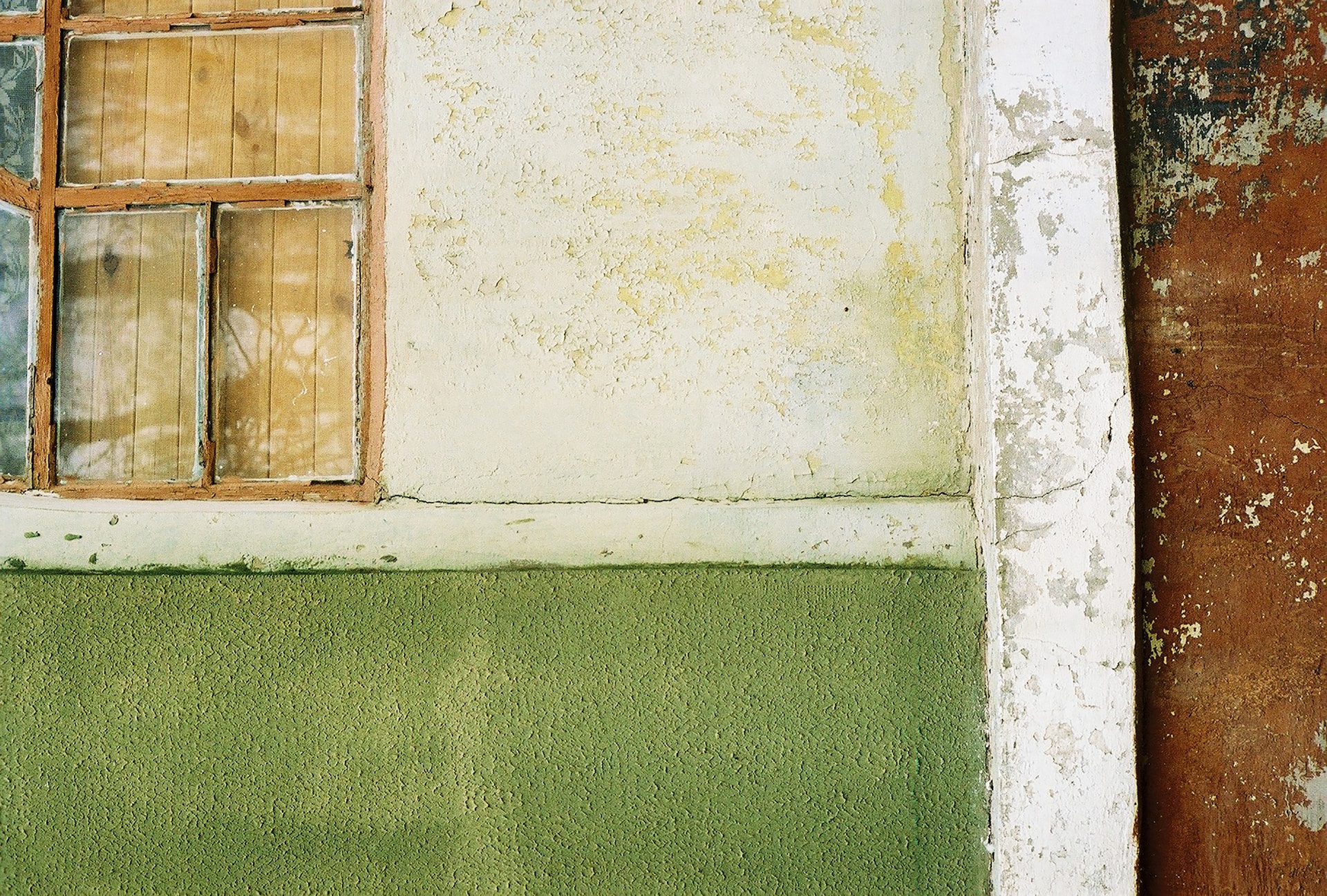Effective Strategies for Preventing Regrowth After Remediation

Mold infestations can be a nightmare for homeowners, causing damage to property and posing health risks to residents. If you've recently dealt with a mold problem and undergone remediation, you'll want to ensure that the issue doesn't resurface. Preventing mold regrowth is crucial for maintaining a healthy and safe living environment. Here are some actionable strategies to help you keep mold at bay after remediation:



